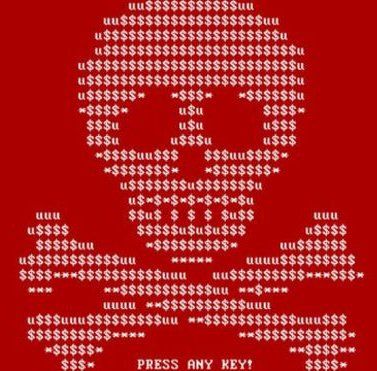The Unhealthy Rise of Ransomware
According to data and media global Bloomberg, the number of known Ransomware attacks has now surpassed five million, with just a single infection causing more than $325 million worth of damage in one instance. Ransomware locks the files on your computer and refuses to hand over the key until you’ve paid the demanded sum, or “ransom”.
Ransomware has bigger implications for some industries than they might first realise. Not only does it impact day-to-day business while they can’t access their data or IT systems, but it can also cause some bigger affects down the line. Sensitive data that needs to be accessed regularly or whenever requested is the main point that should ring the alarm bells.
Unfortunately for the healthcare sector, the hackers have realised they’re a big juicy target. We’ve seen reported incidents of multiple hospitals in the US being infected with ransomware and having to resort to extreme measures to resume functionality. The fact that prominent medical facilities are giving in to the demands of cyber crooks because they had no contingency plan, is a sobering thought. This has also been reflected internationally, as Germany has also seen its share of ransomware attacks on hospitals. One hospital even having to resort to pen, paper and fax due to a sophisticated attack that brought their IT to a crawl.
The global healthcare industry’s being targeted as it ticks all the boxes for ransomware attackers. Those targeting the industry have realised it sits on a goldmine of sensitive information that’s so indispensable for its users, that they’ll pay almost anything to get it back. To make matters worse, healthcare is bound by regulations around medical records always being available, the fines for not having this data accessible would well outweigh any ransom for the data itself.
Its mere existence in the cybersphere should highlight the importance of security training and awareness. Simply knowing this malicious software is increasingly being used in phishing plots and web exploits can help prevent employees from putting their organisations in danger.
Like any other form of malware, the ransom-based variety looks to exploit outdated web browsers and plugins like Adobe Flash and Java. It also aims at unsuspecting users opening infected attachments harboured in spam emails.
While it continues to evolve and change, the best way to combat ransomware with maximum effectiveness is still as simple as prevention. Avoid any emails, links and plugins that you don’t recognise, and ensure you have regular backups of data that can be rolled back to should your systems become infected.
Talk to us about how we can help implement some contingency plans for your business.


